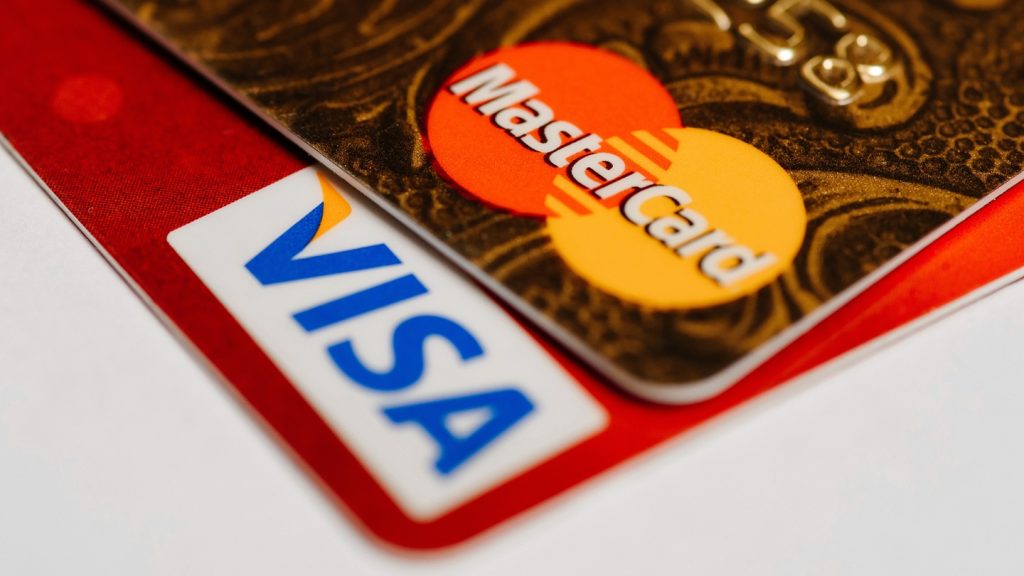Consumer Payment Fraud is still on the rise globally despite the widespread adoption of fraud analytics solutions by financial institutions and retailers, along with EMV in most countries. Jay Floyd, Head of Fraud Strategy and Solutions EMEA, ACI Worldwide, writes
The latest Consumer Fraud Survey published by ACI Worldwide and Aite in July reveals that worldwide almost one in three consumers have experienced card fraud within the past five years. 17% of respondents even experienced more than one incident of fraud in the last five years, compared to 13% in 2014.
The report which surveyed over 6,000 consumers across 20 countries warns that fraudsters worldwide are getting more sophisticated and states that “the underground economy for user information has matured so much as to be indistinguishable from a legitimate economy.”
What is disconcerting is the fact that card fraud losses globally are projected to rise, from more than $16bn in 2014 to over $35bn by 2020, meaning one in three consumers experiencing card fraud could easily become one in two within the next several years. We are dealing with a fraud pandemic, a virus that continues to multiply and grow at a truly rapid rate.
Although these figures have to be seen in perspective – the global electronic payments business is still growing strong too, 20% p/a in many emerging economies, and pushing double digit growth even in some mature economies – they should ring alarm bells. It is increasingly becoming clear that the cards industry needs a pro-active approach to combating the pandemic of financial fraud and keeping customers on-side.
Why is card fraud on the rise and why does the industry seem to be unable to send fraud losses in the opposite direction?

US Tariffs are shifting - will you react or anticipate?
Don’t let policy changes catch you off guard. Stay proactive with real-time data and expert analysis.
By GlobalDataThere is not one answer to this question but the key contributing factors are simple: changes in how consumers bank today due to technological advances, the mass migration to online shopping, the way we interact with each other and record our lives online. These are the key ingredients of an environment which makes fraud all too often easy to commit.
Many banks have invested in robust technology to quickly identify card fraud and protect their costumers whereas others remain on legacy systems that are out of date and not fit for purpose. Typically speaking, it’s the latter group most likely to suffer from fraud losses and consumer attrition rates. Our research indicates that 40% of consumers who experience fraud tend not to use their replacement card. In essence, their confidence has been knocked and they have lost trust in their bank. Furthermore, financial institutions that do not provide good after care for consumers who have experienced card fraud have a one in five chance of seeing that consumer go elsewhere.
During the past 17 years I have worked with banks all over the world, helping them to prevent fraud. I often ask my clients: “Who is the most important person in your bank?” Responses often include the Chief Executive Officer, the Chief Technical Officer, IT department staff and so on. I often remind them that the most important person in the organisation is The CUSTOMER. Without customers financial institution do not have a business. Ultimately, financial institutions who are not looking after their customers including fraud after care, do so at their peril.
Customers’ risky behaviors and attitudes to fraud are disconcerting – Are banks getting a raw deal?
At the same time, our figures show a worrying growth in cardholders engaging in risky behaviors when it comes to managing their cards and security credentials. Over 50% of those surveyed admitted to practices like writing down PIN numbers and storing them close to cards. I frequently notice people in the supermarket checkout line reading their phones just before they pay by card. It’s possible they’re dealing with a social media post but I suspect many are retrieving their PIN! This wouldn’t be a problem if the phone was regularly locked, but in many countries we found around a quarter of respondents never secure their phone.
Although it is clear that the careless behaviour of many consumers contributes to the perpetration of fraud, financial Institutions are often stuck between a rock and hard place when it comes to dealing with customers who have been the victim of card fraud due to ignorance. Banks in many cases favour reimbursing the customer instead of making him or her liable for fraud. This is arguably unfair on the financial institutions, and even when their terms and conditions may be able to save them, they tend to side with the customer mainly for reputational reasons.
Unfortunately, once a customer has experienced fraud, the belief in their payments provider can be damaged. To the point that 20% of our respondents actually changed supplier as a consequence. Therefore, for businesses it may not be enough just to focus on the avoidance of fraud, they also need to look at customer care and case management techniques to make sure cardholders are looked after well in the aftermath of crime.
Payment providers need to look holistically at the overall role consumers can play in helping to fight crime. It’s a tricky balancing act, many customers would not obviously want a greater overt responsibility in fighting fraud. But many would welcome the reassurance and possible incentives that would come from closer involvement with setting limits, controls and notifications – all of which can help the overall fight against fraud.
It should not be hard for more card companies to offer mobile phone apps to allow consumers to set their own controls and alerts. Businesses should take a proactive approach towards incentives and rewards to help re-establishing their position as valued purveyors of trust.
Banks, card companies and indeed governments (through Public Policy initiatives) need to nudge consumers towards taking a greater role in fighting crime.








